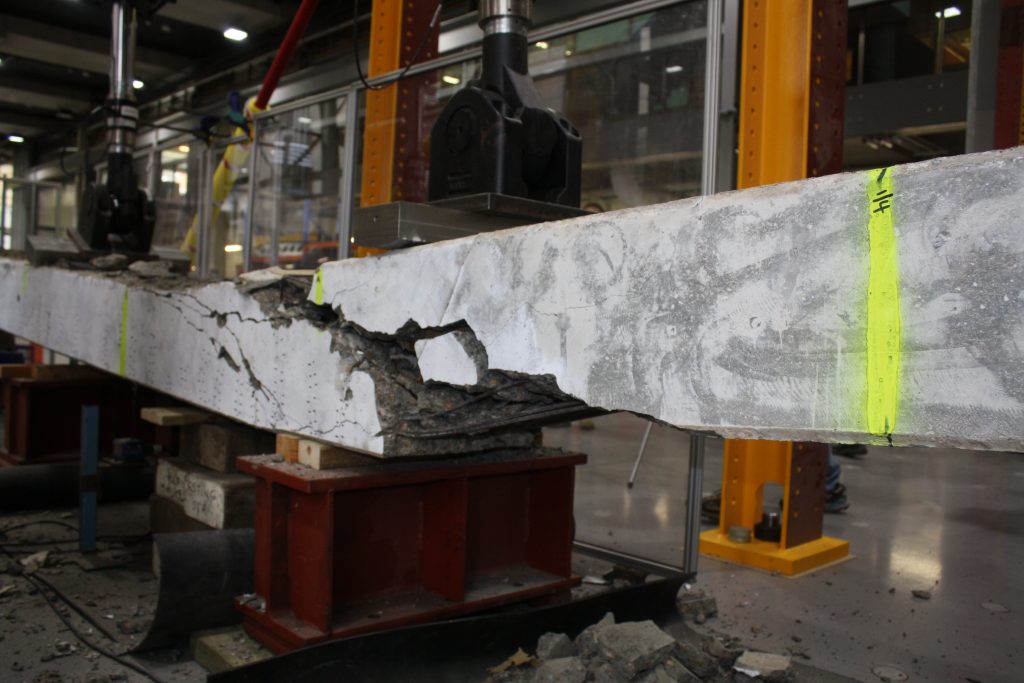
STRUCTURES – Deck Unit Bridge Deck Analysis Under Live Load
NACOE Project Number: S3
Contact email: info@nacoe.com.au
Project Stage of Completion: 100%
There are over 1,900 transversely stressed deck unit bridges on the TMR network. This family of bridges is unique in its design and performance with a low level of transverse post-tensioning, upright external units and no shear keys. While standard assessments indicate that theoretical capacities are exceeded, the observed actual in-service performance does not necessarily indicate distress. Accurate modelling of this family of bridges has been difficult to achieve historically.
The four-year project undertook an extensive investigation program into the performance of deck unit (DU) bridges. The following outcomes of this program are key to implementing more accurate and defensible modelling and assessment methodology for these types of structures.
- Better understanding of the behaviour of deck unit bridges (40% of TMR bridge stock) in various scenarios including in-service, under high loads and with
deficiency of structural components - Provision of basis for TMR to review and calibrate the assessment methodology of existing structures using field measurements
- Improved confidence in the performance of deck unit bridges.
The in-service bridge performs better than theoretical prediction (particularly lateral distribution), with its behaviour similar to a monolithic concrete slab.
Individual units performed close to theoretical estimates in bending but significantly better in shear.
Ultimate failure of the bridge was essentially ductile, with a minimal load redistribution between the edge unit and the internal units at failure. Ultimate failure of the bridge was not catastrophic due to the remaining load capacity in adjacent units. The loss of the transverse prestress in the transverse stressing bars (TSB) and damage of the mortar joints could result in a reduced level of structural integrity and onset of propagation of failure of the lateral load transfer mechanism.
The integrity of the mortar joints plays a critical role in the transverse load transfer mechanism of the bridge superstructure, while the TSB contribute to the integrity of the mortar joints under loads maintenance expenditure. Improvements in our understanding of the capacity and remaining life of these critical assets is a major priority for TMR, and NACOE has been a key driver in the industry.
